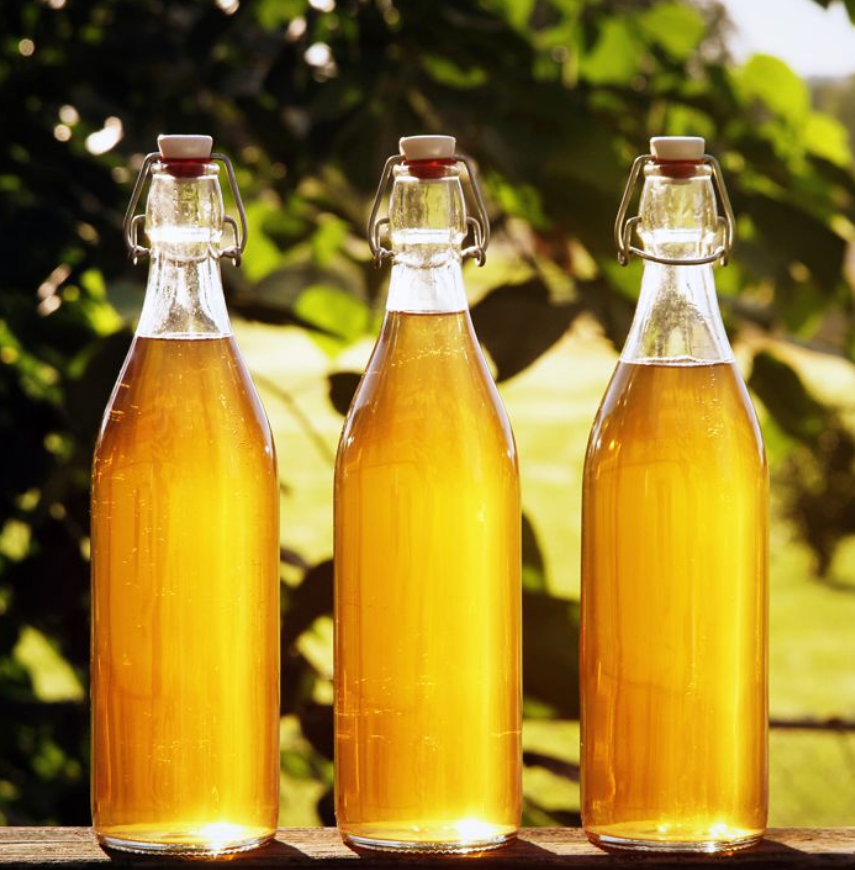Although wine has a lengthy history, historians believe Mead was the first alcoholic beverage. It is commonly known as “honey wine,” a fermented beverage made of honey, water, and yeast.
That, however, is a little deceiving because this unique beverage is different from any other wine, particularly when compared to beer or cider. This ancient alcoholic beverage is undergoing a revival in the United States, and here’s all you need to know.

Mead falls between wine, beer, and cider. It has long been a pleasant surprise for drinkers. Norsemen would be ecstatic to learn that it has come back in our time. The delectable honey-based concoction, commonly associated with medieval history and enjoyed by Vikings and millennials alike, is both traditional and eclectic. Even before alcohol was forbidden, drinkers used honey as a sweetener for fermentation, giving origin to the term “honey wine.”
The History of Mead in Brief
Although its origins are unknown, some claim that ancient Greeks employed a water-and-honey concoction to honour the goddess named Aphrodite, which is why it is known as the “nectar of the gods.” Historians believe it first appeared 20,000 and 40,000 years back in Africa, where tribes drank the liquid generated by honeybees that landed in trees with hollowed-out trunks.
Nordic Vikings are reported to have sipped Mead to commemorate conflicts and long trips.
In earliest England, Mead was regularly laced with herbs and was thought to ease digestion or cure depression. Honey wine was essential to a new marriage throughout the Middle Ages. The name “honeymoon” comes from Mead, a honey-based beverage typically eaten by newlyweds to boost fertility.
What exactly is Mead?
So, what is mead? Mead is honey wine. It is made from honey and water fermented with yeast, but it can also be flavoured with various fruits, grains, spices, and hops. It is classified as a different category, somewhere between wine and beer. It would be sipped the same way as beer, wine, or cider.
Is Mead healthy?
Mead was associated with health and energy in ancient societies, and it is referred to as “the drink of the gods” in Greek mythology. Are those adages still applicable today? Maybe. Because honey is the main ingredient, Mead is supposed to have some health benefits. According to Healthline, honey contains powerful antioxidant and antibacterial properties. However, little data shows that fermented honey keeps its flavour.
Types of Meads
Because it only takes three ingredients: yeast, honey, and water, this fermented beverage are classic Mead, the most popular form. However, several subcategories use different components, such as spices, grains, and fruits.
- Melomel is a flavour that contains additional juices of the fruit. This category includes the Payment (grape juice mead) and Cyser sub-styles (Mead with apple juice).
- Spices and herbs are employed in the metheglin style. This category includes Hippocras meads.
- Because wheat and honey are fermented together, braggot is similar to a beer-mead hybrid.
- Acerglyn creates traditional Mead in addition to using maple syrup.
- Bochet uses caramelized honey in its blend.
What Is It Made Of?
Like other alcoholic drinks, Mead starts with fermentation. To make it less thick, honey is diluted with water, and yeast turns the honey’s sugars into alcohol. The Mead is transferred to a separate vessel for further clarification when the initial fermentation is complete.
Mead may seem straightforward, but like wine, it can be intricate. Similar to wine grapes, the type of flower pollen used to make honey affects the flavour character. Mead can be produced in various ways, including dry, semi-sweet, and effervescent, even though the word “honey wine” brings up visions of sweetness.
Mead has an alcohol concentration more akin to wine than beer, ranging from 8% to 20% ABV. Meads, like good wines, can mature for some years and develop extra degrees of complexity.
Final thoughts
Alcoholic Mead is made by fermenting honey. Because of the honey and possible probiotic content, it is marketed as having a variety of health benefits, but there isn’t enough scientific evidence to back up these claims. Drink it carefully, as you would any other alcoholic beverage, and in moderation. Its high alcohol content may negate any favourable effects and harm your health.




